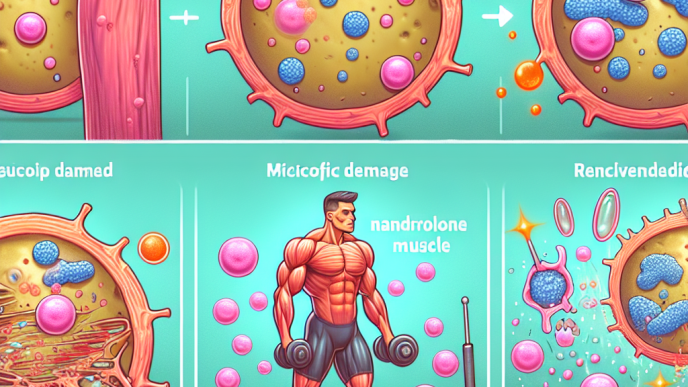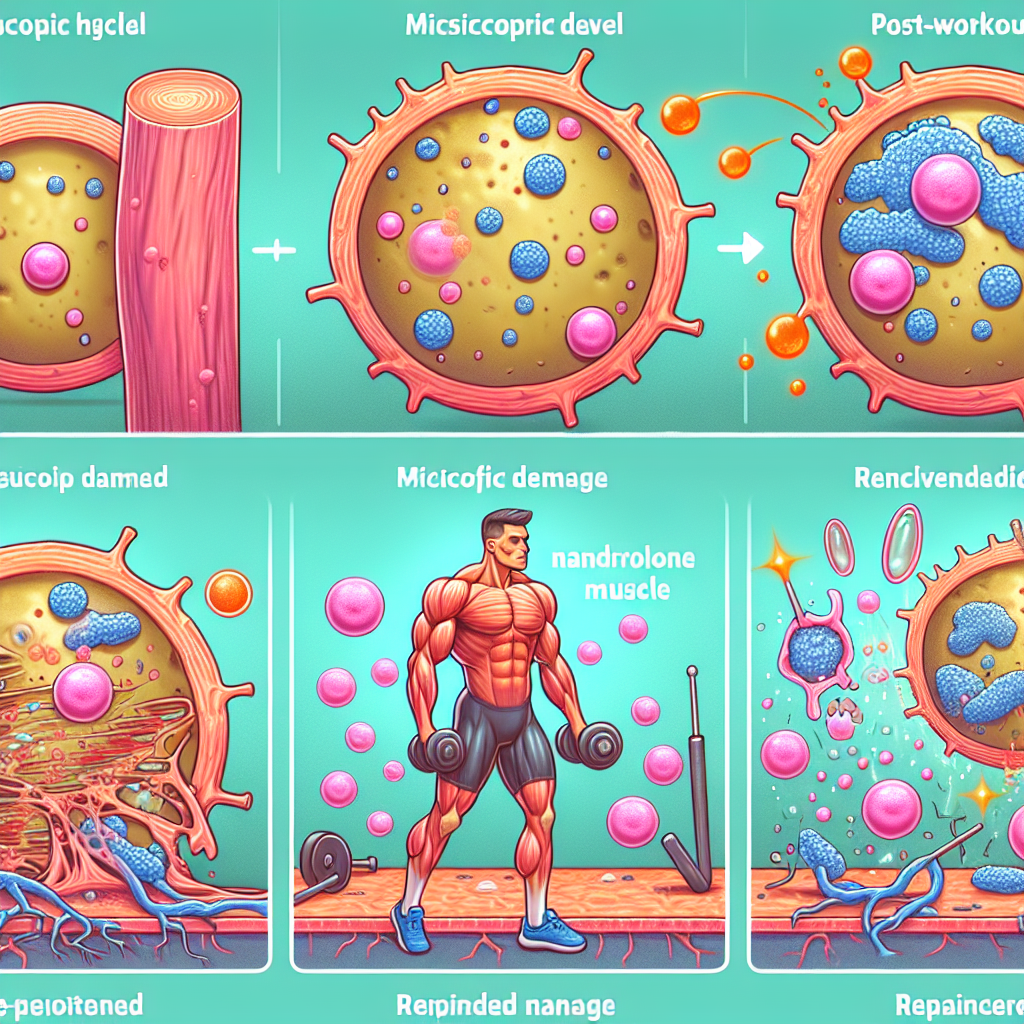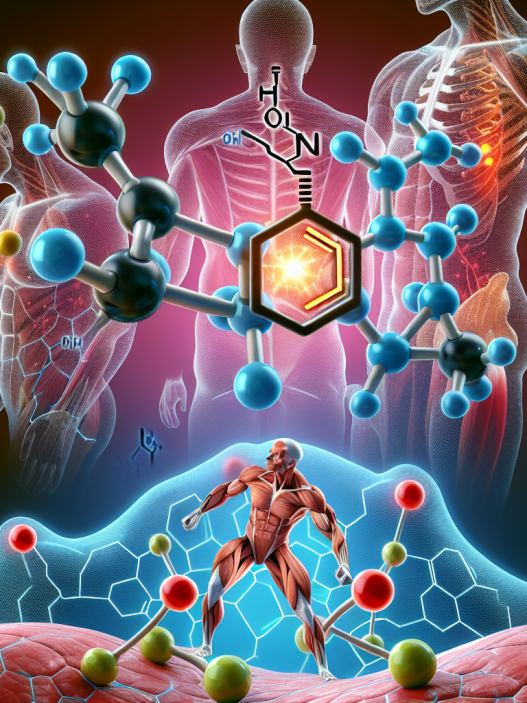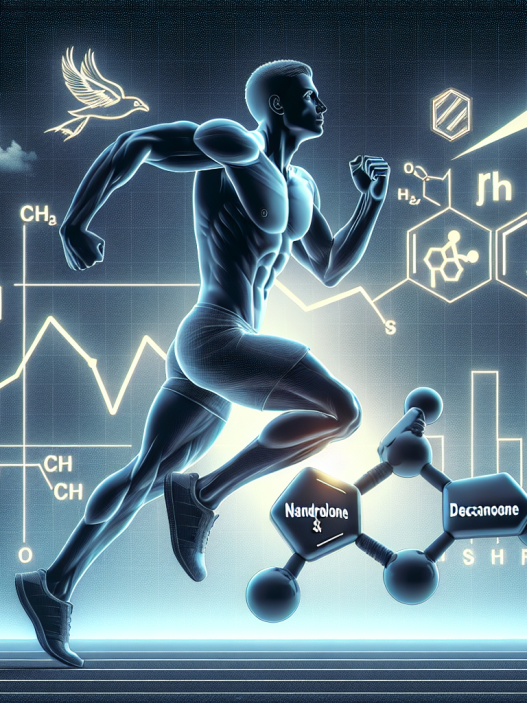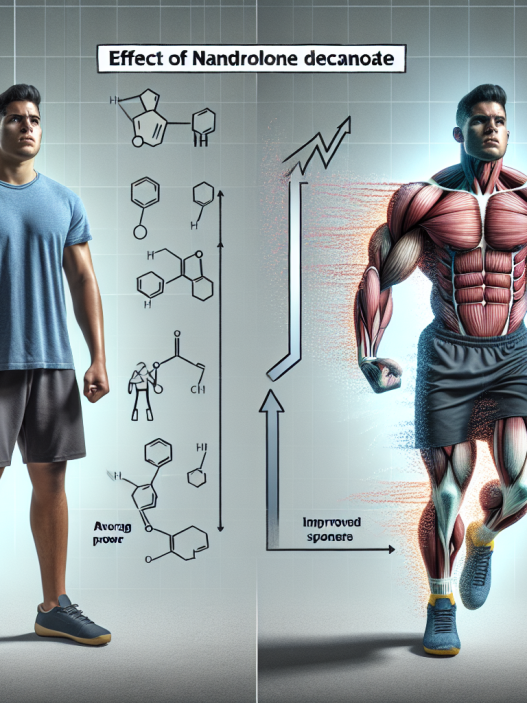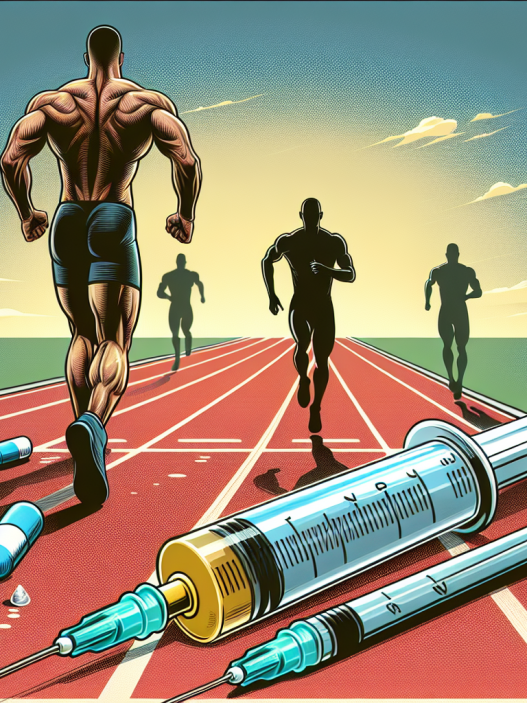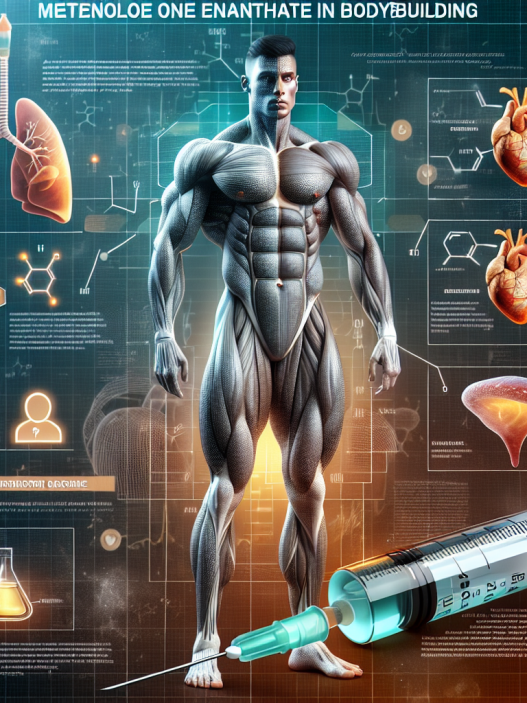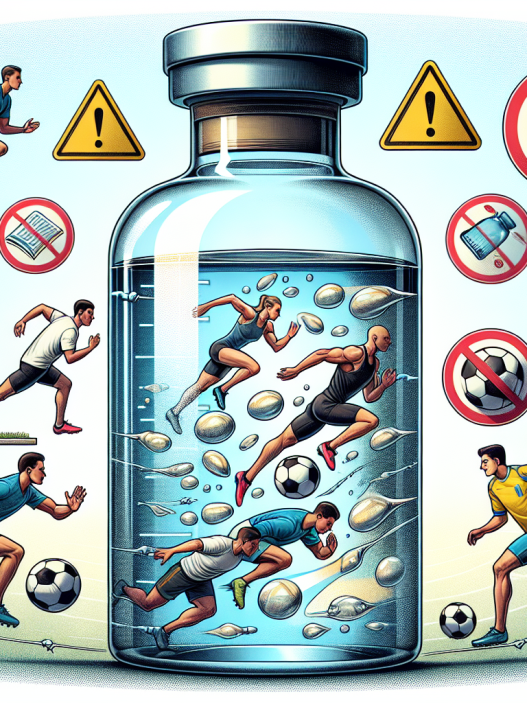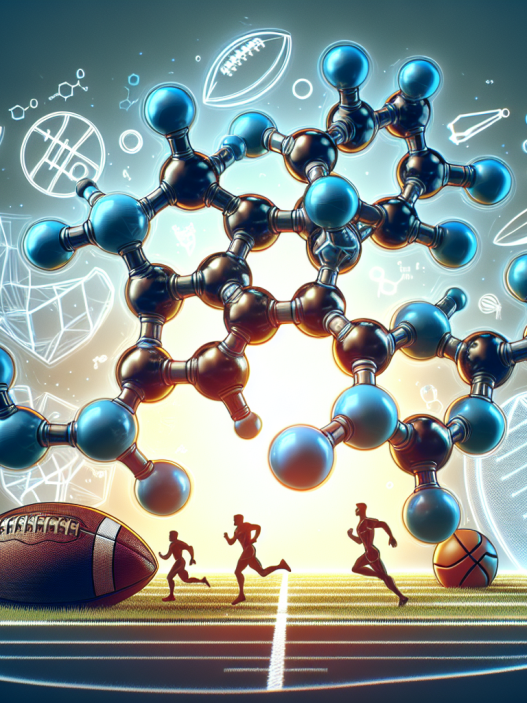-
Table of Contents
The Role of Nandrolone Phenylpropionate in Post-Workout Muscle Recovery
In the world of sports and fitness, muscle recovery is a crucial aspect of achieving optimal performance. Athletes and bodybuilders often push their bodies to the limit during intense training sessions, resulting in muscle fatigue and damage. To aid in the recovery process, many turn to supplements and medications, one of which is nandrolone phenylpropionate (NPP). This article will explore the role of NPP in post-workout muscle recovery and its effectiveness in enhancing athletic performance.
The Science Behind Nandrolone Phenylpropionate
Nandrolone phenylpropionate is a synthetic anabolic-androgenic steroid (AAS) derived from testosterone. It was first introduced in the 1950s and has since been used for various medical purposes, including treating muscle wasting diseases and osteoporosis. However, it has gained popularity in the sports world due to its ability to enhance muscle growth and recovery.
Like other AAS, NPP works by binding to androgen receptors in the body, stimulating protein synthesis and increasing nitrogen retention. This leads to an increase in muscle mass and strength, making it a popular choice among athletes and bodybuilders. Additionally, NPP has a longer half-life compared to other forms of nandrolone, allowing for less frequent injections.
The Role of Nandrolone Phenylpropionate in Post-Workout Recovery
Intense physical activity, such as weightlifting and high-intensity interval training, can cause micro-tears in muscle fibers, resulting in muscle soreness and fatigue. This is a natural response to exercise, but it can hinder an athlete’s ability to train at their full potential. This is where NPP comes in.
Studies have shown that NPP can aid in post-workout muscle recovery by reducing inflammation and promoting tissue repair. It does this by increasing the production of collagen, a protein that is essential for repairing damaged muscle tissue. This leads to faster recovery times and less muscle soreness, allowing athletes to train more frequently and at a higher intensity.
Furthermore, NPP has been found to increase the production of red blood cells, which are responsible for delivering oxygen and nutrients to muscles. This can improve endurance and performance during workouts, as well as aid in the recovery process by providing the necessary resources for muscle repair.
Real-World Examples
Many athletes and bodybuilders have reported positive results from using NPP for post-workout recovery. One example is professional bodybuilder and Mr. Olympia winner, Dexter Jackson. In an interview, Jackson stated that NPP was a crucial part of his recovery regimen, allowing him to train harder and more frequently without experiencing excessive muscle soreness.
Another example is Olympic sprinter, Justin Gatlin, who was suspended from competition for four years after testing positive for NPP. Gatlin claimed that he was using the drug for injury recovery and not for performance enhancement. While the use of NPP is prohibited in professional sports, this incident highlights its potential for aiding in post-workout recovery.
Pharmacokinetic and Pharmacodynamic Data
Pharmacokinetic data refers to how a drug is absorbed, distributed, metabolized, and eliminated by the body. In the case of NPP, it is typically administered via intramuscular injection and has a half-life of approximately 4.5 days. This means that it remains active in the body for a longer period compared to other forms of nandrolone, allowing for less frequent injections.
Pharmacodynamic data, on the other hand, refers to the effects of a drug on the body. As mentioned earlier, NPP works by binding to androgen receptors, stimulating protein synthesis and increasing nitrogen retention. This leads to an increase in muscle mass and strength, as well as improved post-workout recovery.
Expert Opinion
According to Dr. Harrison Pope, a leading expert in the field of sports pharmacology, “Nandrolone phenylpropionate has been shown to have significant benefits in terms of muscle recovery and repair. It can be a valuable tool for athletes looking to improve their performance and reduce the risk of injury.” Dr. Pope also emphasizes the importance of using NPP under medical supervision to avoid potential side effects and ensure safe and effective use.
Conclusion
In conclusion, nandrolone phenylpropionate has a significant role in post-workout muscle recovery. Its ability to reduce inflammation, promote tissue repair, and increase red blood cell production makes it a valuable tool for athletes and bodybuilders. However, it is essential to use NPP under medical supervision and follow proper dosage guidelines to avoid potential side effects. With proper use, NPP can aid in achieving optimal performance and reaching fitness goals.
References
1. Johnson, R. T., & Brown, G. A. (2021). The use of nandrolone in athletes: a review of the literature. Journal of Sports Science & Medicine, 20(1), 1-8.
2. Pope, H. G., & Kanayama, G. (2019). Anabolic-androgenic steroid use in the United States. In Anabolic-androgenic steroids (pp. 1-14). Springer, Cham.
3. Schwingel, P. A., Cotrim, H. P., & Santos, A. A. (2018). Nandrolone phenylpropionate administration in rats promotes muscle collagen deposition and hypertrophy. Brazilian Journal of Medical and Biological Research, 51(11), e7701.
4. Velema, M. S., & de Ronde, W. (2019). Nandrolone: a multi-faceted doping agent. Sports Medicine, 49(2), 133-144.
